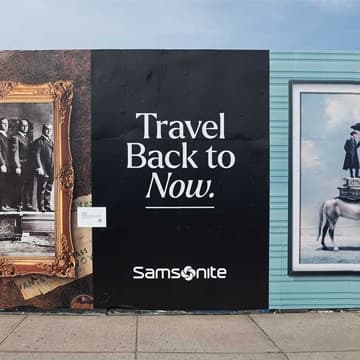
Building the Billboards: How the Hardware of OOH Has Evolved
August 29, 2024
The history of out of home advertising is a colorful one, a story we began to tell on the blog last month. But here at our Nashville billboard warehouse, that statement becomes quite literal.
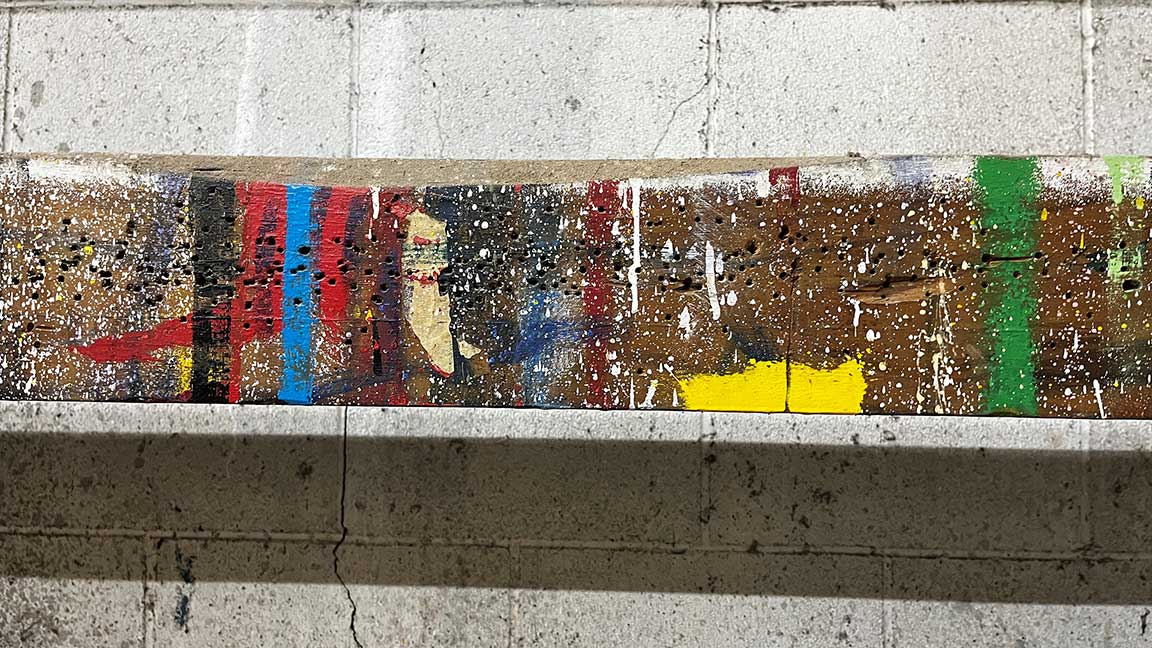
That’s because the slats on the warehouse walls are still decorated with flecks of paint from decades’ worth of campaigns past. Now looking like a Jackson Pollock painting, the slats were designed to hold individual panels in place while being painted to make up a billboard. Typically, a standard-sized 14’x48’ canvas was made up of ten individual panels, which were either assembled and painted on location, or painted at the warehouse and then transported to the location for assembly.
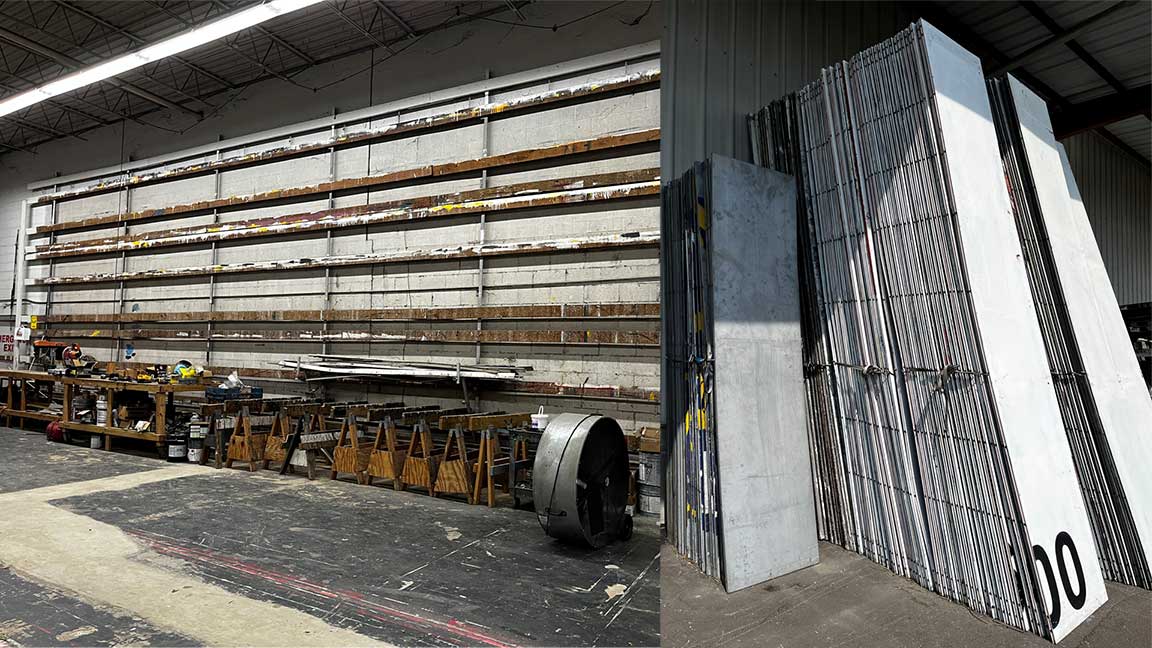
The labor-intensive process of making a billboard come to life required skilled artists and painters. The most commonly used method of execution was to project an image onto a wall covered with tracing paper. From there, a pouncing pen was used to burn small holes onto the paper. The holes allowed for chalk to be transferred over to the surface that would eventually be painted. This is called a pounce pattern.
Even today many artists and sign painters use the pouncing method for murals or other large-scale projects. The chalk is applied with a pounce bag, a sock-like vessel allowing the artist to create a pattern similar to lines in a coloring book. From there, paint is applied by hand with paintbrushes, the chalk lines gently rubbed away.
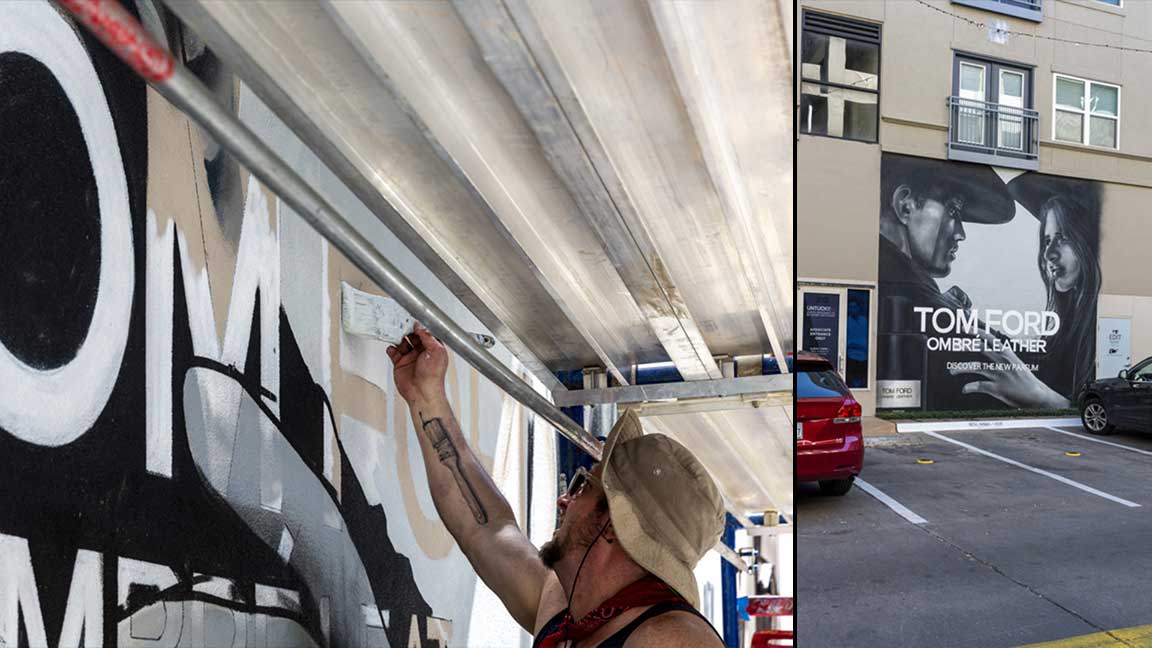
We wanted to learn more about what building billboards used to be like. So, we caught up with Lou Giordano, General Manager of our Orlando and Jacksonville markets, to gain a little perspective of what it was like working in OOH during the 80s and 90s.
Lou has had his hand in a lot of different aspects of the business, including the construction, installation, and painting, and now management. He recalled working on a campaign in the 1980s for a client that bought 40 billboards around the country. Lou traveled to each market, riding with the client and checking on the painting and installation of the panels that made the campaign come to life. The weight alone of the panels, around 100 pounds, was enough to give you a full day’s workout!
Hearing Lou explain the process of heavy lifting, adjusting the slats into their place, and fitting the very last panel (which was apparently always a bit of a challenge), really makes one appreciate how much effort and detail went into these billboards from start to finish. Lou also told us about one time posting in his hometown around 1996, when his mom saw him high up on one of the billboards. She was yelling at him to get down! As many of our billboard posters can tell you, it’s a lot higher up at the top.
It’s fair to say that creating a billboard in 2024 is much less labor-intensive and cumbersome than it was in the 70’s and 80s. But what has stayed the same?
“One thing that hasn’t changed over the course of the past thirty-plus years is the importance of relationships,” Lou said. “The relationship-building with clients. It’s the same way of doing business as it was before.”
Out of home’s technological evolution also streamlined how long it takes a campaign to go from idea to flight. Even in the 90s a campaign could take 45 to 60 days to post. Now we can produce and install a traditional static billboard within 7 to 14 days. To say nothing of digital out of home, which compresses that timeline even further.
Of course, these days we design creative on computers and print them on a single sheet of vinyl, which has made the installation process quicker and more efficient. And while billboards may no longer be painted by hand, that doesn’t mean they are any less creative. STUDIOS, our in-house agency, knows all the tricks to make people look twice, including props, inflatables, and even special effects.
The art of painting out of home isn’t completely extinct though. As a matter of fact, OUTFRONT offers wallscapes perfect for hand-painted murals in numerous markets, including Dallas, New York, and Los Angeles. The big difference between hand-painting billboards and walls is that instead of working with multiple panels that must be painted and moved around, the wall is one solid backdrop ready to be primed and painted.
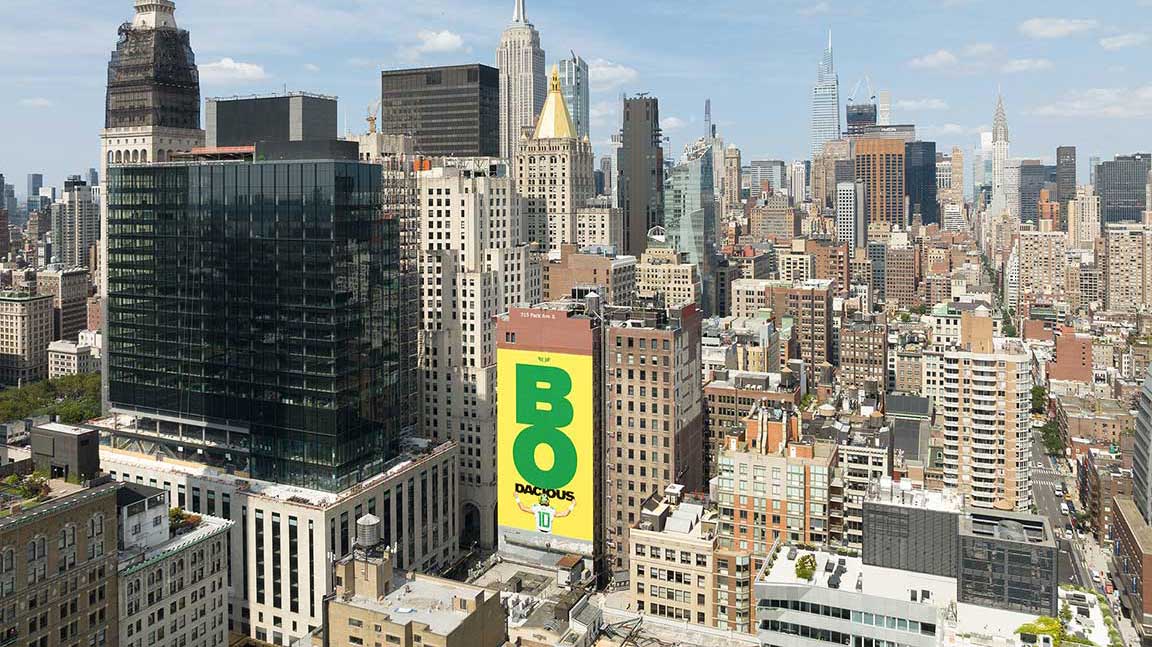
While billboard production and installation has become less-labor intensive, the end result remains impactful as ever, a testament to the almost-unlimited possibilities of OOH. The techniques may have changed, but the idea remains the same: capture consumers’ attention and inspire them to take action.
Whether digital OOH or traditional, now is the time to get your next campaign up and running, flex your creativity, and stand out from the competition. Contact OUTFRONT to see how we can write the next chapter of out of home history together.
Author: Sally Peay, Marketing Specialist @ OUTFRONT
Links to third-party content are not endorsed by OUTFRONT Media.
Relevant OOH Content Straight To Your Inbox
Essential out of home insights, trends, and success stories. Delivered weekly.



